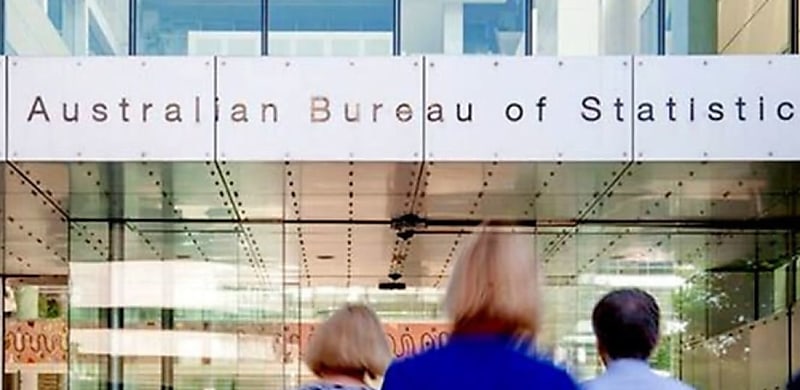
The latest data released by the ABS has revealed that rising mortgage rates have particularly affected expenditure for employee households.
According to the Australian Bureau of Statistics (ABS), the living cost for employee households (those where the principal source of income is wages and salaries) was especially impacted by increases in mortgage interest rate charges.
Over 2022, mortgage interest charges made up a higher proportion of overall expenditure for these households when compared to any other household types.
Mortgage interest rate charges for these households rose 61.3 per cent over the course of last year and 26.6 per cent over the quarter, according to ABS head of prices statistics Michelle Marquardt.
Living costs for employee households rose 3.2 per cent in the December 2022 quarter, marking the largest quarterly increase in living costs of all household types and sat higher than the Consumer Price Index (CPI), which recently rose by 1.9 per cent to a 33-year high.
Additionally, these households recorded the largest annual increase in living costs across all household types along with the CPI, which was 9.3 per cent compared to a rise of 7.8 per cent for the CPI.
According to the ABS, the last time the CPI saw an annual increase of 9.3 per cent was in 1987.
“Employee households have recorded their largest quarterly rise since the September 2000 quarter which followed the introduction of the GST, and the largest annual rise since the series commenced in 1999,” Ms Marquardt said.
Self-funded retiree household costs rose by 2.2 per cent during this quarter, also higher than the CPI and the largest quarterly rise for this cohort since the September 2000 quarter.
In annual terms, living costs for this series rose 7.6 per cent, marking the largest annual increase since 1999.
RBA lifting rates ‘almost certain’, chief economist says
Westpac chief economist Bill Evans stated today (1 February 2023) that the Reserve Bank of Australia (RBA) raising interest rates by 25 bps during the 7 February board meeting is “almost certain” due to the annual inflation report in the December 2022 quarter, which took annual inflation to 7.8 per cent.
Mr Evans said he expects interest rates to continue to rise in March 2023 as a result of wage growth that’s set to be released on 22 February 2023. Wages are expected to increase from 3.1 per cent to 3.6 per cent.
Furthermore, Mr Evans expects the RBA to take a pause during April.
“Their focus will remain very much on inflation and they’ll be looking for another refreshed view on the inflation numbers that will come for the May board meeting for the March quarter inflation report,” Mr Evans said.
[RELATED: Inflation hits new 33-year high]
 Login
Login











JOIN THE DISCUSSION